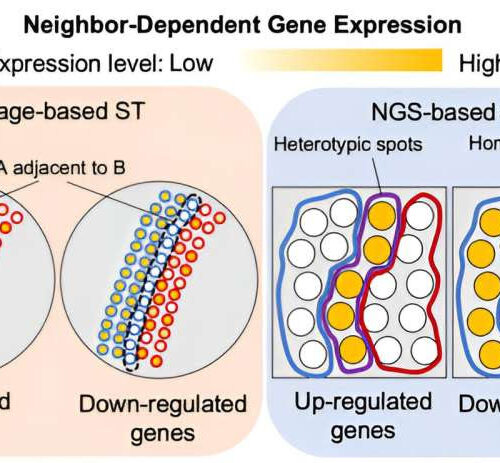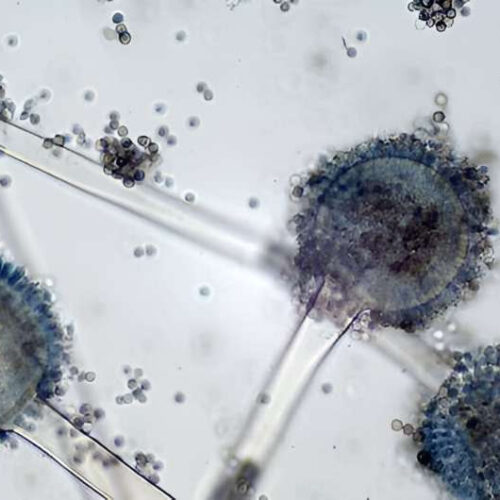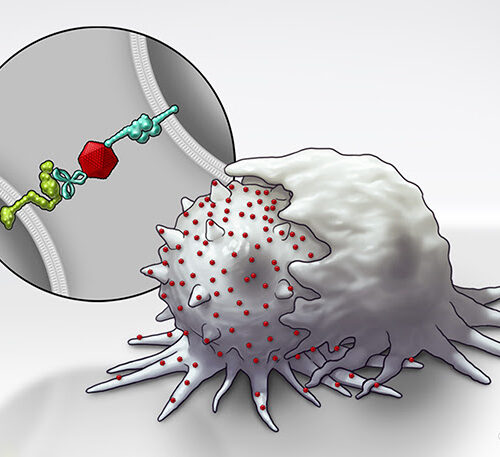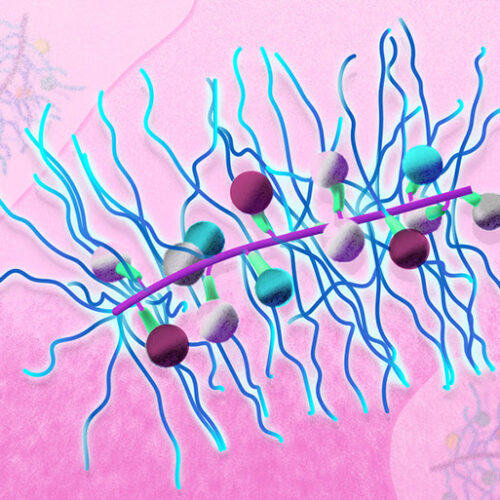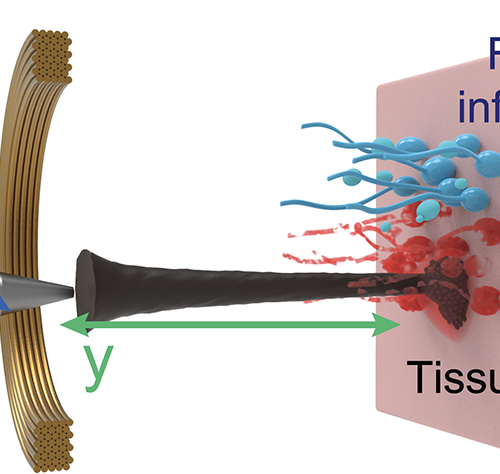by Markian Hawryluk, KFF Health News Credit: Unsplash/CC0 Public DomainThe U.S. spends huge amounts of money on health care that does little or nothing to help patients, and may even harm them. In Colorado, a new analysis shows that the number of tests and treatments conducted for which the risks and costs exceed the benefits...
Second Infection Hikes Long COVID Risk: Expert Q&A
Tinker Ready November 06, 2023 People infected multiple times with COVID-19 are more likely to develop long COVID, and most never fully recover from the condition. Those are two of the most striking findings of a comprehensive new 3-year research study of 138,000 veterans. Lead researcher Ziyad Al-Aly, MD, chief of research at Veterans Affairs...
When cells touch, their genetics change: A new front in understanding cancer
by Olivia Trani, Virginia Commonwealth University Graphical abstract. Credit: Molecular Systems Biology (2023). DOI: 10.15252/msb.202311670The cells that make up our bodies are constantly communicating with each other, sometimes directly by physical touch. These interactions allow cells to respond to their neighbors, adapt to their surrounding environment and organize themselves into a fully functioning organism. Studying...
Breakthroughs and challenges in fungal vaccine development
by American Society for Microbiology Aspergillus spp. Credit: Wikimedia CommonsThe microbiological world is comprised of many organisms, including bacteria, viruses, and fungi. Though not generally regarded as pathogens by the greater public, fungi can cause an array of severe diseases, especially in immunocompromised populations. In Oct. 2022, the World Health Organization (WHO) released the WHO...
Magnetic Bacteria Target Tumors
CONN HASTINGS MEDICINE, NANOMEDICINE, ONCOLOGY Scientists at ETH Zurich in Switzerland have unveiled a technique that weaponizes bacterial cells against tumors. The approach involves using bacteria called Magnetospirillum that are naturally magnetic by virtue of the iron oxide particles they contain. The researchers use a rotating magnetic field applied at the tumor location from outside...
Wegovy leads to weight loss. The next drugs might preserve muscle, too
GLP-1-targeting drugs like Wegovy and Zepbound have helped patients with obesity lose about a fifth of their body weight. But roughly 40% of that weight could be lean mass, which is a concern for some experts — and a potential opportunity for other drugmakers. As STAT’s Allison DeAngelis and Elaine Chen report, the idea of...
Making Tumors Tastier for the Immune System
CONN HASTINGS MEDICINE, NANOMEDICINE, ONCOLOGY Researchers at The University of Texas MD Anderson Cancer Center have developed a nanotechnology platform that can make cancer cells more vulnerable to immune attack in the body. The researchers call their system the bispecific tumor-transforming nanoconjugate (BiTN) platform. The idea is to make solid tumors more appealing for the...
Bottlebrush Particle for Synergistic Drug Combinations
By CONN HASTINGS MEDICINE, NANOMEDICINE A scientific team at MIT has developed a bottlebrush-shaped nanoparticle that can deliver combinations of drugs for synergistic efficacy. The particles contain a central backbone and demonstrate side-chains that sprout from this backbone, similar to the handle and bristles of a bottlebrush. Several drugs can be mixed in different ratios...
Nanoparticles Get Lymphatic Vessels Pumping
By CONN HASTINGSMEDICINE, NANOMEDICINE, NEWS, ONCOLOGY, SURGERY Researchers at the Georgia Institute of Technology have developed a nanotechnological solution for lymphedema, a failure of the lymphatic system that results in uncomfortable and irreversible fluid retention. Previous research efforts have focused on trying to grow new lymphatic vessels, but these researchers have taken a different approach,...
Nanorobots Release Reactive Oxygen Species to Kill Fungal Biofilms
By CONN HASTINGS MEDICINE, NANOMEDICINE Researchers at the University of Pennsylvania have developed nanorobots that can travel to the site of a fungal infection under the influence of an external magnetic field, bind to the fungal cells, and then release reactive oxygen species to completely destroy the fungus. The tiny particles are an example of...


